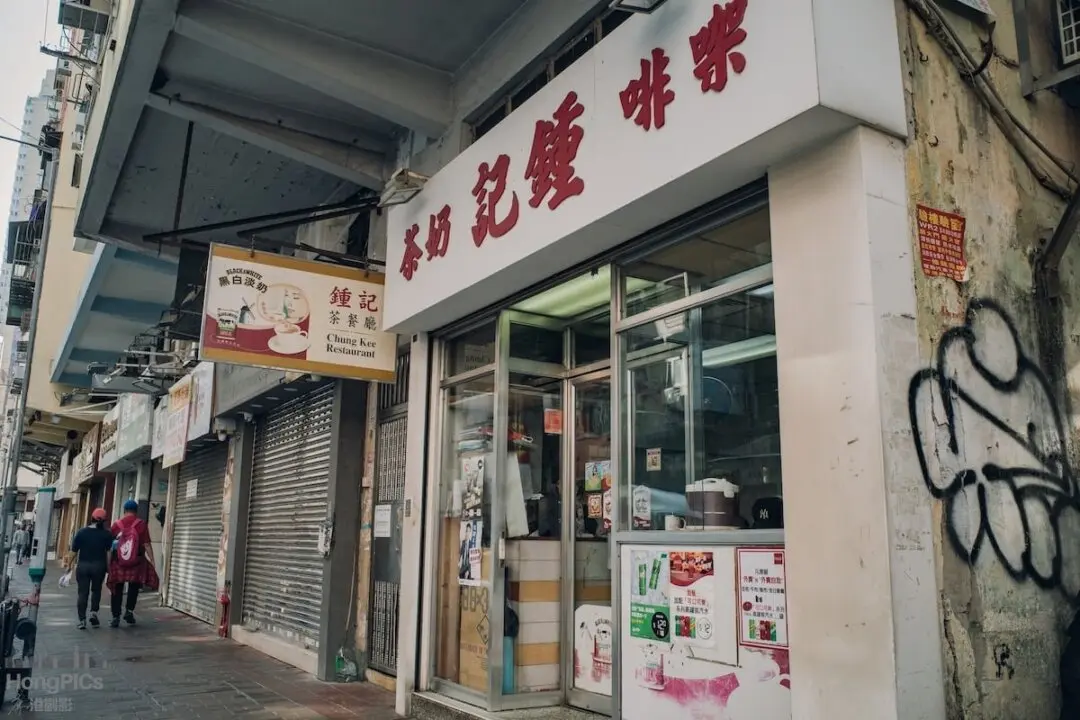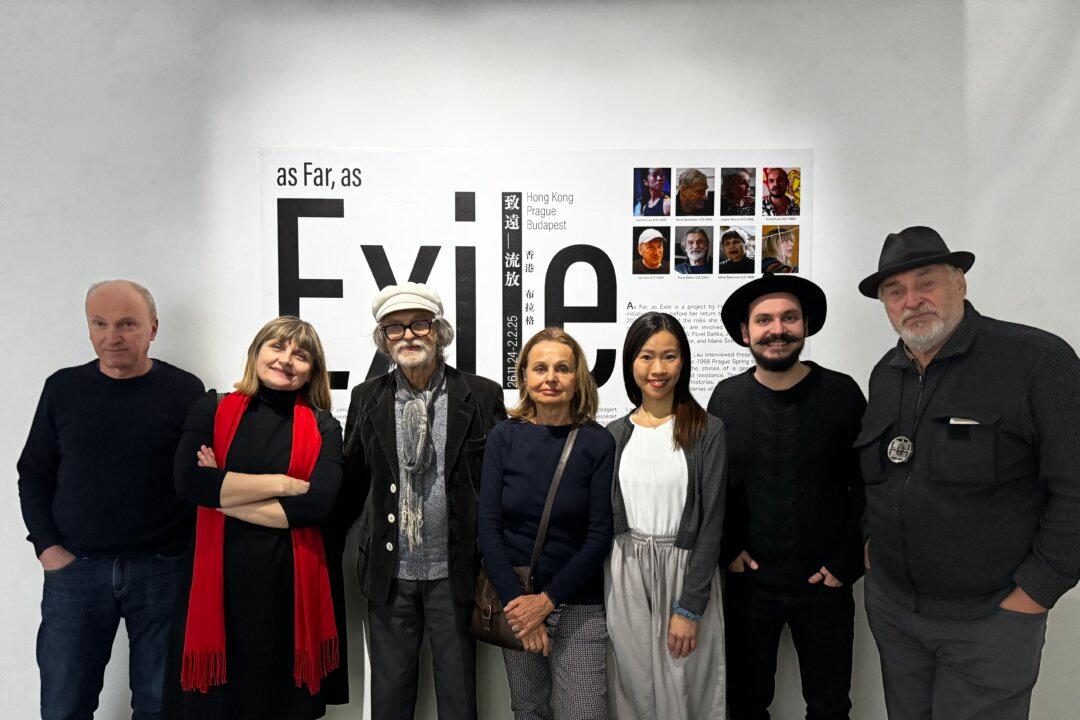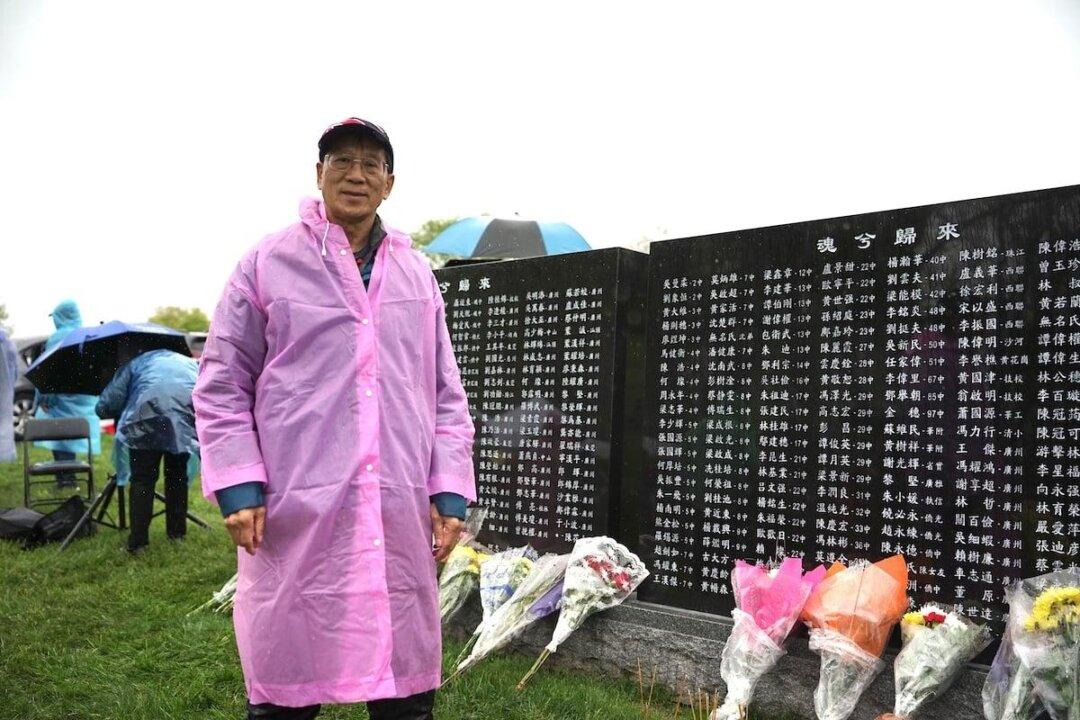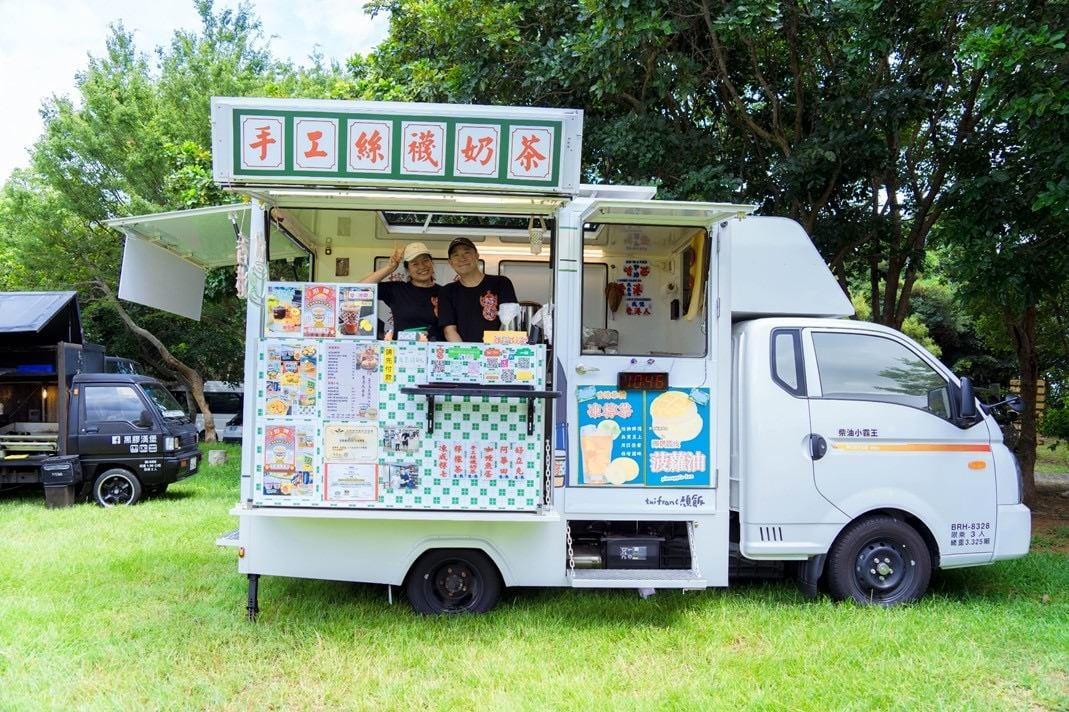With the closure of Haw Par Music, The Haw Par Mansion (also known as The Tiger Balm Villa), a grade one heritage building that carries the collective memories of Hongkongers, was returned to the government on Dec. 1. 2022, unclear what its future fate might be.
This palace-style mansion, sitting on the hillside west of Mount Butler on the Hong Kong island, boasts a blend of architectural features, both Western and Chinese.
The mansion was built in 1936 by Aw Boon Haw, popularly known as “The King of Tiger Balm,” and has witnessed the rise and fall of the family within nearly one century.

In addition to the Haw Par Mansion in Hong Kong, there is also a Haw Par Mansion in Singapore, which has become a well-known local tourist attraction. (Courtesy Singapore Tourism Board)
Walking among the red bricks and green tiles, savoring the architectural features, visitors can also feel the profoundness and mystery of Chinese culture and folklore.

Garden view of the Haw Par Mansion in Tai Hang, Hong Kong. (Courtesy of Hong Kong Reminiscence)
Aw’s TCM Clinic Gained Eminence Producing Tiger Balm
The Aw family had its ancestry in Fujian, China. In the mid-19th century, Aw Chu Kin, a traditional Chinese medicine (TCM) practitioner, left his hometown to escape the war and emigrated to Rangoon, Burma (present-day Yangon, Myanmar).The senior Aw continued his TCM practice (TCM practitioners produced their own medicines in the old days), thereby opening a clinic (with an attached herbal medicine shop) named Eng Aun Tong (House/Clinic of Lasting Peace).
He had two sons. Aw Boon Haw and his younger brother Aw Boon Par inherited their father’s businesses.
To compete with the abundant other TCM practices around Rangoon and expand the family trade, the Aw brothers established research teams consisting of both TCM and Western medical practitioners and produced a variety of Chinese and Western medicines, all under the “Tiger” brand.
Tiger Balm, Qingliangshui, Bagua Dan, and a headache formula were among them, with Tiger Balm turning out to be the most well-known and popular, as it can relieve pain. The “Tiger” logo, designed specifically for the brand, became a big hit.
The Aw family’s business flourished in those years. In addition to pharmaceuticals, it also dominated the newspaper market. From 1929 to 1938, 11 Chinese newspapers were established by the Aws in Southeast Asia and China.
However, their fortune declined rapidly after World War II. Relatives and friends were separated in the raging years of war, and Haw’s son Aw Hoe died in a plane crash. Haw’s daughter Sally Aw Sian inherited the family businesses but failed to restore the good old days for its newspapers, the glory of the Aw family was gone forever.

A heritage B/W photo of Haw Par Mansion taken in 1953. (Wikipedia/Nathan Hughes Hamilton)
Birth of Haw Par Mansion and the Tiger Tower
The Aw family’s original pharmaceutical factory was in Rangoon, but newly added facilities in Singapore, from 1926, gradually became their headquarters. In 1932 the Aws came to Hong Kong, which later developed to be the second-largest producer of the Tiger brand drugs.After Aw Boon Haw moved to Hong Kong with his family, he bought land along Tai Hang Road and built Haw Par Mansion in 1936. By 1937 Haw Par Mansion in Singapore was also built as a gift from Aw Boon Haw (Haw means tiger in the Fujian dialect) to his younger brother Aw Boon Par (Par means leopard). Both mansions have an accompanying “Tiger Balm Garden” with a traditional Chinese garden design. Haw Par Mansions were not only private residences but were open to public viewings during holidays, which helped to promote the family brand.
The famous “Ten temples of the Devils of Hell” reliefs were installed in the Tiger Balm Gardens in both Hong Kong and Singapore, depicting scenes in the “eighteen levels of hell” as described in Chinese folklore, which serves as a warning to humankind to do good deeds not evil.
The Tiger Tower within Haw Par Mansion was the only Chinese-style hexagonal tower on Hong Kong Island in the 1930s. Before all the land claims in Causeway Bay, one was served a privileged view of both sides of the Victoria harbour (as it was then) when one ascended to the top.
The tower was about seven floors (44 meters or 144.4 feet) high, and the sunrise at the tower was among the eight most famous scenes of Hong Kong back then. It was also said that the location of the Tiger Tower was chosen based on suggestions from a Feng Shui master to bring riches and wealth.
Aw Boon Haw died of illness in 1954. Haw Par Mansion and Tiger Balm Garden were taken over by Haw Par Brothers International Ltd., and part of the land was sold by later generations. Both Tiger Tower and Tiger Balm Garden could not escape the fate of demolition, their former glory went for good. Only Haw Par Mansion and its attached private garden have been preserved and were handed over to the government in 2001.
Special Architectural Features of Haw Par Mansion
Haw Par Mansion is four stories high and covers a total area of 2,000 square meters (about 21,530 sq. ft.), including its garden. The main entrance of the mansion is a classical “Moon Gate” in Chinese gardens. It appears like a full moon and serves not only as the passage between different courtyards but also introduces the garden’s scenery through the door opening, achieving an elegant landscape.
The "Moon Gate" entrance to Haw Par Mansion. (Courtesy Hong Kong Reminiscence)
The Living room and dining room on the ground floor of Haw Par Mansion are genuine classic antiques. The living room has a strong classic Chinese feel, its wall decorated using red bricks and green tiles with paintings of “Jiang Taigong (an ancient Chinese noble) fishing” and “Eight Immortals crossing the sea,” both famous Chinese folklore. The dining room has a gold leaf cross decoration on the ceiling as its most eye-catching feature.

The living room of Haw Par Mansion is decorated with red brick and green tile cornices. (Courtesy Hong Kong Government's ‘Revitalizing Historic Buildings Through Partnership Scheme’)

A fireplace inside Haw Par Mansion. (Courtesy Hong Kong Reminiscence)
According to Hong Kong’s Commissioner for Heritage’s Office, Haw Par Mansion was built in the Chinese Renaissance style with a blend of Western and Chinese construction methods and architectural theory. However, the architectural plan is more Western, being roughly symmetrical with the adoption of porches, bay windows, and fireplaces. Internally it features beautiful stained glass windows from Italy, carvings, and mouldings, gilded with gold and murals showing Indian and Burmese influence.

Italian stained glass windows with gold trimmings and murals showing Indian and Burmese influence. (Courtesy Hong Kong Reminiscence)

Italian stained glass windows. (Courtesy Hong Kong Reminiscence)

Western-style Crystal chandeliers. (Courtesy Hong Kong Reminiscence)
The Historic Building Revitalization project preserved the sculptures and stone benches of the Tiger Balm Garden, which had been dismantled for many years, placed them in the private garden, and recreated the “Eighteen-levels of Hell” stone sculpture for visitors to view.
Haw Par Music Closed Due to Financial Difficulties
In 2013, Aw Boon Haw Foundation and Haw Par Music Foundation Co., Ltd. won the bid for the Mansion’s revitalization project in the third phase of the Hong Kong government’s “Revitalization of Historic Buildings Partnership Program.” After the revitalization, Haw Par Music, a cross-metacultural exchange center that uses music, historical sites, and art as a medium, was formed and operational on Apr. 1, 2019.Integrating with community services, Haw Par Music provided Chinese and Western music training, organized free guided tours, and opened up some areas of the heritage mansion for public visits.
Haw Par Music’s lease was originally up to Mar. 31, 2025, but financial challenges coupled with a poor social atmosphere and tough restrictions due to the covid-19 pandemic took their toll, resulting in early termination of the lease, and the government taking back Haw Par Mansion on Dec. 1, 2022.
Preserving historical buildings has never been an easy task. Would there be a new bidding held soon, and who might win? the future of Haw Par Mansion remains to be seen.

The "Moon Gate" design of Haw Par Mansion. Courtesy Hong Kong Reminiscence

After the closure of Haw Par Music, the future fate of Haw Par Mansion is still uncertain. (Courtesy Hong Kong Reminiscence)




